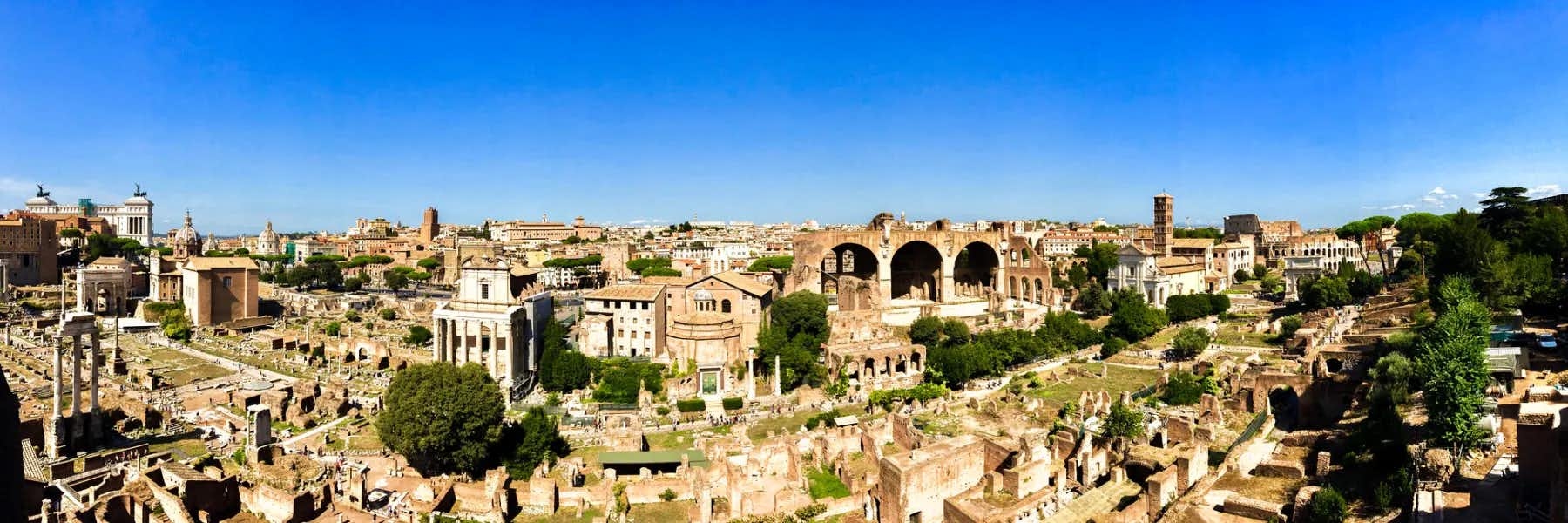Population: 62,246,674 (July 2018 est.)
Area: 301,340 sq km
Capital City: Rome
Time Zone: (UTC+01:00)
Location: Southern Europe, a peninsula extending into the central Mediterranean Sea, northeast of Tunisia
Climate: Predominantly Mediterranean; Alpine in far north; hot, dry in south
Currency: Euro. Euros (EUR) per U.S. dollar - 0.90 (2019 est.)
Language: Italian (official), German (parts of Trentino-Alto Adige region are predominantly German-speaking), French (small French-speaking minority in Valle d'Aosta region), Slovene (Slovene-speaking minority in the Trieste-Gorizia area)
System of Government: Republic
Head of State: President Sergio MATTARELLA (3 February 2015)
Telephone Country Code: 39
Emergency numbers: 112 (SOS - All services)
Electricity: 230v
Religion: Christian 83.3% (overwhelmingly Roman Catholic with very small groups of Jehovah's Witnesses and Protestants), Muslim 3.7%, unaffiliated 12.4%, other 0.6% (2010 est.)
Life Expectancy at Birth: 82.4 years
History: After World War II, Italy abolished the monarchy and was declared a republic. With the strong support of the U.S., Italy rebuilt its economy using loans from the Marshall Plan. The country joined the North Atlantic Treaty Organization, and became a strong supporter of what is now the European Union.
Economy: Italy’s economy comprises a developed industrial north, dominated by private companies, and a less-developed, highly subsidized, agricultural south, with a legacy of unemployment and underdevelopment. The Italian economy is driven in large part by the manufacture of high-quality consumer goods produced by small and medium-sized enterprises, many of them family-owned. Italy also has a sizable underground economy, which by some estimates accounts for as much as 17% of GDP. These activities are most common within the agriculture, construction, and service sectors.
Italy is the third-largest economy in the euro zone, but its exceptionally high public debt and structural impediments to growth have rendered it vulnerable to scrutiny by financial markets. Public debt has increased steadily since 2007, reaching 131% of GDP in 2017. Italy’s economy returned to modest growth in late 2014 for the first time since 2011. In 2015-16, Italy’s economy grew at about 1% each year, and in 2017 growth accelerated to 1.5% of GDP. In 2017, overall unemployment was 11.4%, but youth unemployment remained high at 37.1%.
Exports: $496.3 billion (2017 est.)
Imports: $432.9 billion (2017 est.)
Gross Domestic Product (Purchasing Power Parity): $2.317 trillion (2017 est.)
Inflation Rate: 1.3%(2017 est.)
Source: CIA The World Factbook
The famous boot-shaped peninsula nation of Italy is surrounded by three seas: the Mediterranean, the Adriatic and the Ionian.
There are 20 regions, which are then subdivided into administrative provinces.
Italian is the official language. German is widely spoken in Trentino; Slovene is spoken in Friuli-Venezia Giulia; French is used in addition to Italian in Valle d'Aosta and the border area of Liguria. There are dozens of regional dialects that are still widely used throughout the country.
There are two independent city-states within the borders of Italy: the Vatican State and the Republic of San Marino. San Marino is the world's oldest republic.
The oldest university in Europe is in Italy - The University of Bologna was founded in 1088 and has been in operation ever since. The first formal medical school was the Schola Medica Salernitana in Salerno, founded in the 9th century. It combined Greek, Herbrew, Arabic and Latin medical texts for the most comprehensive medical studies available at the time.
Italy has a national healthcare system that provides affordable universal coverage. Legal residents can enroll for full accessible coverage with an affordable annual fee; employed residents have their healthcare contributions provided by their employers. There are also private clinics, hospitals and specialists options available with fees for service. Private health insurance for these providers is also available.
Get Your Free Italy Report Today!
Get Your Free Italy Report Today!
Learn more about Italy and other countries in our daily postcard e-letter. Simply enter your email address below and we’ll send you a FREE report – Italy: Europe’s Most Seductive Country.

By submitting your email address, you will receive a free subscription to IL Postcards and special offers from International Living and our affiliates. You can unsubscribe at any time, and we encourage you to read more about our Privacy Policy.














